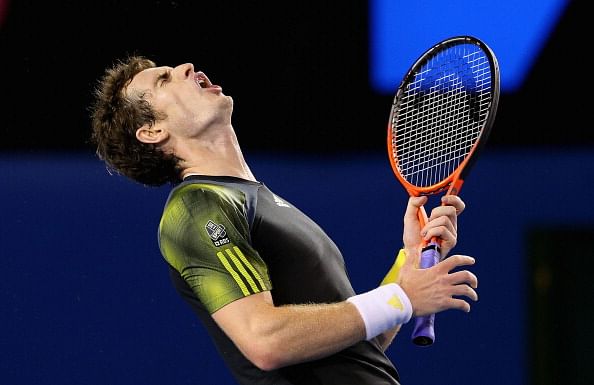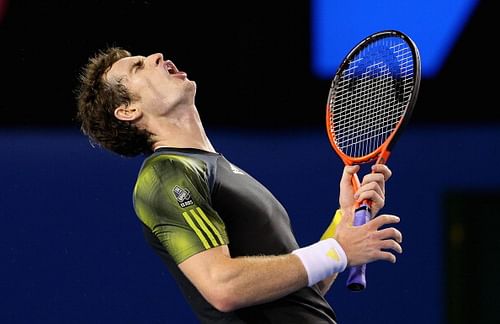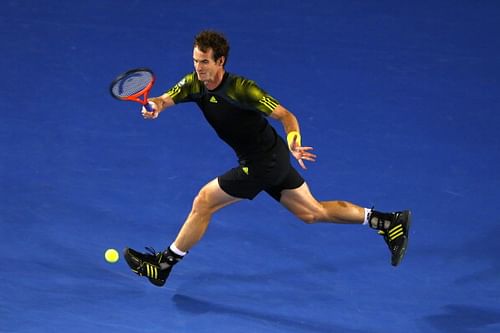
Andy Murray: Of Cans, Woulds and Shoulds

The 2013 Australian Open will be remembered for a lot of things. For Bernard Tomic – who made a lot of noise about his third round match against Roger Federer, for newcomer Sloane Stephens – who knocked out an in-form Serena Williams, for Victoria Azarenka taking out the infamous medical time-out and for Andy Murray’s performance. The last, both in a good and in a not-so-good way.
There’s definitely a lot to be said about Andy Murray; about the way his performance has improved, about the way he continues to impress everyone and most importantly, about the way he still seems tentative and unsure while playing at the grand slam finals – in spite of the fact that he’s now a much deserved grand slam champion.
Amongst all his peers, it was perhaps Murray who had the most comfortable run in the initial stages of the tournament. No dropped sets or big long tussles involving frequent breaks and re-breaks. He was clinical as he was ruthless. And it’s here that the element of surprise creeps in. For someone who had such a perfect start to the Australian Open, dismantling opponents as ten-pins in a bowling alley, it’s slightly disconcerting to see that it was he who ended up on the losing side.
A lot of talk goes on about how players need to sustain their momentum throughout, especially when playing against rivals whose game and attitude they are well-versed with. For Murray, who started off quite strongly against Nole, for the entire first set and till the second set tie-break, it was this lapse that probably cost him dearly.
Granted that he had fitness problems and slight distractions in the latter stages of the match, but then as his detractors often love to quote, which player doesn’t? From an impressive start that saw him dictate points to the Serb at the baseline, he succumbed quite fast and hard during the last two sets that saw Nole demolish and de-construct his game-plan methodically. His unforced error count, negligible as compared to his opponent in the initial phase of the match, grew exponentially as it progressed. As did his frustrated ranting and anguished grimaces. And as Murray’s testiness continued to splurge forth, Nole’s started to get contained and more controlled.
If one were to compare Murray, the semi-finalist to Murray, the finalist, a lot of divergences emerge. The former was a man who believed that he could get the job done and who never let his past bogeyman shackle his performance. The latter, on the other hand, was a man who seemed to start with the token amount of self-belief but then went on to become a man who had none more to rely on; turning into a parody of his own high-octane self. And not to take anything from Nole’s brilliant comeback – his second for the tournament – but after Murray’s performance this time around, questions will persist about the Scot’s last remaining inconsistencies at the final hurdles in the majors.

It’s not just about whether Andy Murray is a true-blue grand slam contender any more. He’s proven to be that and so much more in the past couple of years. But where he continues to prove his detractors wrong on so many accounts, it’s quite ironic that he still continues his yo-yoing at the slams. So much so that rather than being a contest about whether Murray can or cannot, it’s become more of a question asking along the lines of whether Murray would or would not. This is perhaps the biggest challenge for the Scotsman to surmount; one that’s far more looming than any of his other on-court adversaries. It’s a challenge that he should be able to conquer, without any enfeeblements whatsoever.